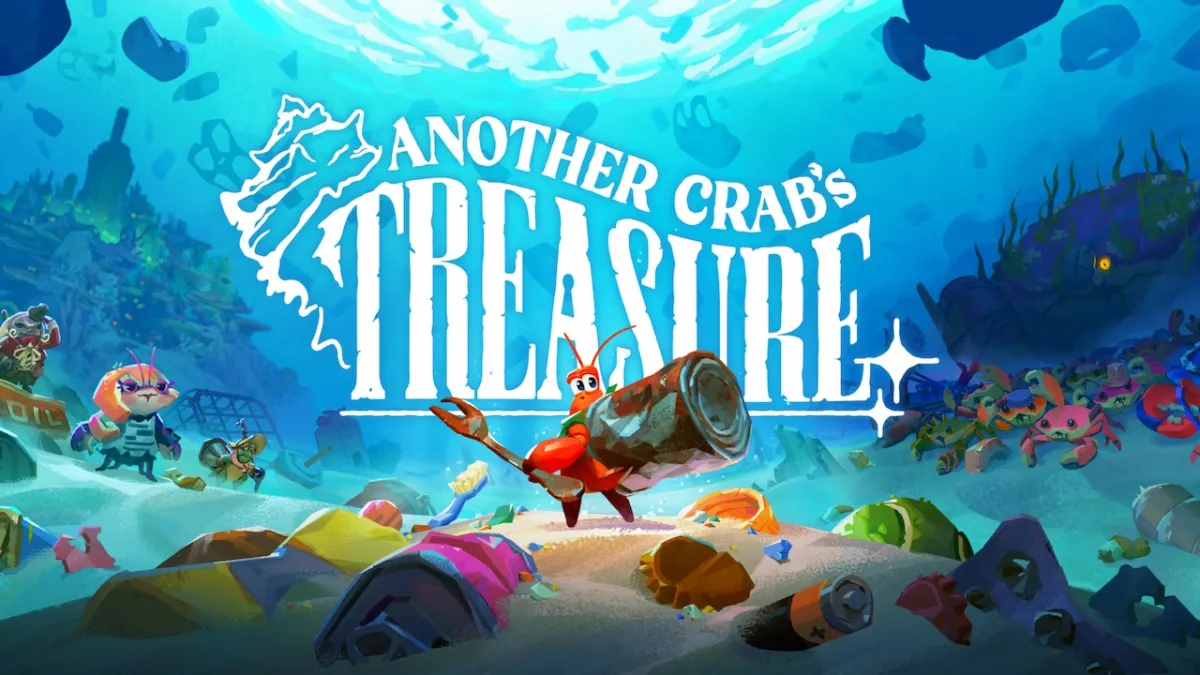Turn-Based Strategy games usually get a bad rap as appealing only to patient gamers and unfortunately, sales numbers typically reflect this. The unfortunate thing is that many gamers eliminate the possibility of even trying a turn-based game due to such pre-conceived notions as slow gameplay and graphics being about as exciting as a board game. This may be true with traditional, turn-based strategy games but fortunately, Disciples II: Dark Prophecy is a different animal. The development team at Strategy First has done an excellent job of breaking out of the traditional mold of old-school turn-based strategy games by designing a turn-based game that is fun to play and visually appealing.
The first thing you’ll notice with Disciples II is the quality of the graphics and overall artwork. This game looks like classic fantasy art that you might find on the cover of a best-selling fantasy novel. This is what the term eye-candy is all about. It’s a visual treat whether your discovering new territories on the general landscape or when the combat screen opens up and you get to see the in-game characters in action. The spells are also a visual treat. The game’s graphics engine is impressive and it would be interesting to see it used for a real-time RPG game. On the audio front, the gothic theme is nicely backed by the game’s music. The soundtrack complements the visuals and this combination is important especially considering the number of gameplay pauses.
This leads me to the meat and potatoes of Disciples II, which is the gameplay. Disciples II takes advantage of its strong RPG elements and produces a simple but yet deep gameplay experience. For each saga, you’re given the choice of four different races, which consist of the Empire, Mountain Clans, Legions of the d**ed, and Undead Hordes. Once you’ve chosen your race, then you select a Lord (Warrior, Mage & Guildmaster), who gives slight benefits in certain skills but at a cost to others. For example, the Warrior Lord rewards physical combat by regenerating 15% damage to units but provides a limit to the level of spells you can use. Dropping down to the basic gameplay level, are leaders and group units (heroes). Each leader has certain strengths and the same holds true for the heroes that you choose for your leader’s group. Once you select your group, you hit the lands and venture out in your goal of achieving the a*igned objectives.
Foreign parties are littered throughout the land and you must deal with them during your travels. The game does a good job of mixing up the encounters in that some parties will a*ign you a task and will help you if you accomplish it. But in most cases, you’ll find that encounters usually result in combat and this is when the fun kicks in. A combat screen will open up and this is where you go head to head with your enemy. Territory is at stake and so is the potential for earning experience points for character upgrading. The combat is turn-based with some flexibility in terms of choosing actions such as attack, a*ist, defend, wait, and retreat. There is also an auto-combat mode for times when you just want the computer to run the battle.
There’s not a whole lot you do during battles but that’s okay since the real work is done before the battle even starts by making sure your party members are healthy and you’ve adequately prepped your opponents. What do I mean by prepped? Well, a really cool part of Disciples II is that you can utilize what I call a preliminary strike before you even face your enemy. These preliminary strikes are in the form of casting a spell, which is done on the standard gameplay landscape. Choose a spell, select an enemy with your mouse pointer, click and then watch the special effects kick in. It’s cool because you can inflict some up-front damage and then send in a group to finish the job. You can also use a thief to do some pre-battle damage to an opposing group and they can also spy on an enemy to provide the necessary information to help you defeat them. The thing you have to be careful about is that your thief can get caught and when he does, he’ll end up swinging from a tree and I’m not talking about lying on a hammock!
Battle outcomes are relatively forgiving since there are a couple of different ways of reviving your killed heroes but at a cost of gold. The forgiving part is that once you revive your hero, they retain the same level of experience points they had before they bit the dust. This is actually fair since you’ll find that early on (before leveling up); your groups’ heroes don’t always provide a strong match to some of the heavies that they’ll face. This is why the retreat feature is not such a cowardly act to take. The heroes that do survive battles earn experience points, which enables leveling up as long as the pertinent structure for that hero is built (at a cost) within your capital city. There is a nice branching feature with new structures that help to increase the leveling even further.
Single player modes consist of sagas that involve multiple quests. Standalone quests can also be played if you’re don’t want to play a full-blown saga. Multiplayer games consist of your standard Internet or LAN game, and there is also a hotseat game where two to four players can take takes playing on one computer.
Now to the biggest weakness of the game, which is the inability to carry over group heroes or structures within your capital city to new quests. In addition, you’re only allowed one leader to carry over to the next quest. I can understand some of the reasoning behind this, in that it forces you to change the composition of your groups to solve new quests but on the other hand, it’s like starting the game all over again. You lose all of that hard work in building structures and leveling up heroes in your different groups. It’s a design decision that I would have never gone with, since it really takes away the fun of developing your group members for the long haul.
While I’m on the down items, I should also mention the absence of an in-game tutorial. The manual provides just the basics and only comes in handy once you have a good feel for the game. An in-game tutorial would help to pull in gamers that are new to the series or genre. The game is not that difficult to play once you get the hang of things but this usually requires some experimenting which you can only do jumping headfirst into the game. So why not save the gamer some time and frustration, by providing a brief tutorial? This is not a huge deal but I find it strange for a game that’s been designed so well that it should appeal to gamers who might not typically try out a turn-based strategy game.
Disciples II is for the most part, a solid turn-based strategy game. The graphics are exceptional and there is a strong integration of RPG elements that give it the necessary depth. The only real blemish is the limited carry-over of characters and building structures but if you can overlook this, then Disciples II is a turn-based strategy game that I would strongly recommend to fans and non-turn-based strategy fans alike.



